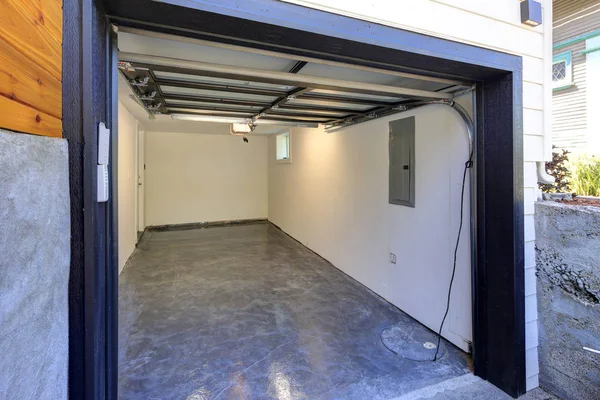As winter approaches, the risk of your garage door freezing and refusing to cooperate increases. Prevent this from happening by taking some preventative measures.
Begin by doing a quick inspection of the entire door. Watch it go up and down, listen for unusual sounds or movements and look for any spots where it might get caught. At Team Garage Door, learn 7 warning sign of garage door malfunction.
Inspect the Tracks
The garage door tracks are the grooves in which the rollers fit, allowing them to move and open or close the door. They can become clogged with dirt or other debris, causing the wheels to either stick or bind.
Perform regular visual inspections of the tracks to check for signs of damage or warping. A professional may be needed to replace the tracks if they are cracked or bent.
Lubricating the tracks with a non-silicone lubricant can help reduce friction and wear in cold temperatures. A garage door specialist can provide you with the best lubricant for your specific track. This simple step can go a long way to keeping your garage door working throughout the winter.
Clean the Door
As soon as you can, wash your garage door to remove dirt and debris. This prevents the build-up of ice and snow on your garage door and keeps it looking its best.
When washing a garage door, a sponge or cloth without abrasive material should be used to prevent scratching and damaging the surface. Harsh cleaners such as bleach may discolor the material and erode the finish. If you do need to use a cleaner, make sure it is diluted-a cup of detergent mixed with 2 gallons of water is ideal.
Wipe down the tracks, photo-eye sensors and any other metal components of your garage door to prevent them from rusting in cold temperatures. Wipe down the weather stripping along the bottom and sides of your garage door as well to help ward off drafts, mildew and moisture. You should also lubricate these areas to keep them functioning smoothly. A lithium-based lubricant is recommended. You can buy a garage door-specific lubricant from most hardware stores.
Inspect the Opener
It is essential that the garage door operates with the safety and security features it is designed with. Taking the time to perform a few simple inspections can help avoid the need for expensive repairs and keep your doors operating as they should throughout the winter season.
Close the garage door and look at it from inside to see that there are no cracks or damage. It is also a good idea to check the manual release handle in case you need to manually disconnect the door from the opener. This handle should be clearly marked in red and easily accessible where you can operate the door without straining yourself or causing damage.
Visually inspect the opener rail and the carrier, inner-slider or carriage (on screw drive openers). This is a good time to lubricate these components with lithium based white grease. This is important because cold temperatures contract metal and can cause a minor misalignment to become a major problem.
Replace the Seal Strip
Over time garage door weather strip can become dry, brittle and cracked. Replacing this is a low-cost DIY job that can significantly reduce energy costs and protect the garage from snow, rain and debris.
Raise your garage door part way and cut off a 2-3 inch piece of the bottom seal (scissors work well) and take a picture of the retainer where it slides into so you know what type of seal you need to replace it. Clean the existing retainer and pull out the old seal, leaving about 3 inches of the new seal extending past both ends of the retainer. Tuck the extra seal into itself to help it hold.
Install your new V-strip rubber seal, making sure it is properly aligned with the garage door and slide it into place across the bottom of the retainer. Then lubricate the seal with a silicone-based weather stripping lubricant to prevent the seal from sticking in the winter.
